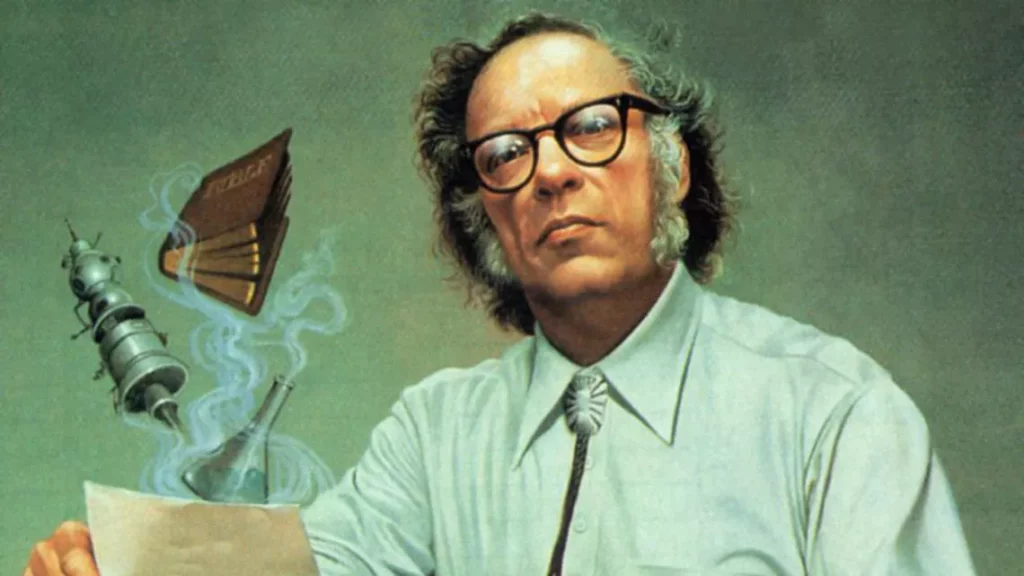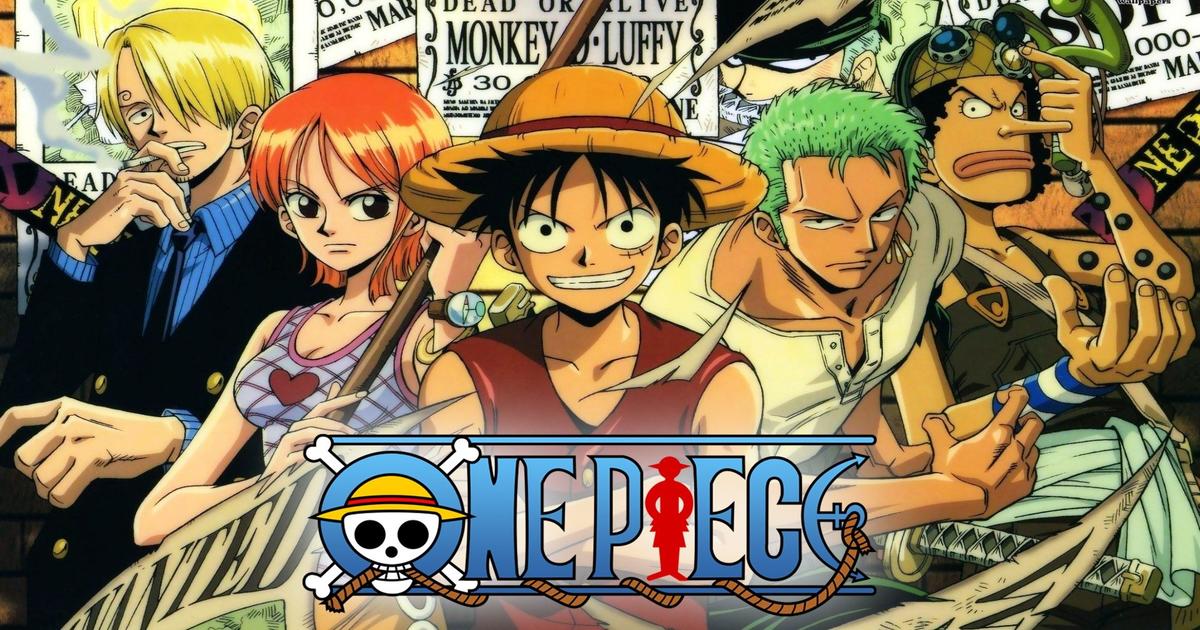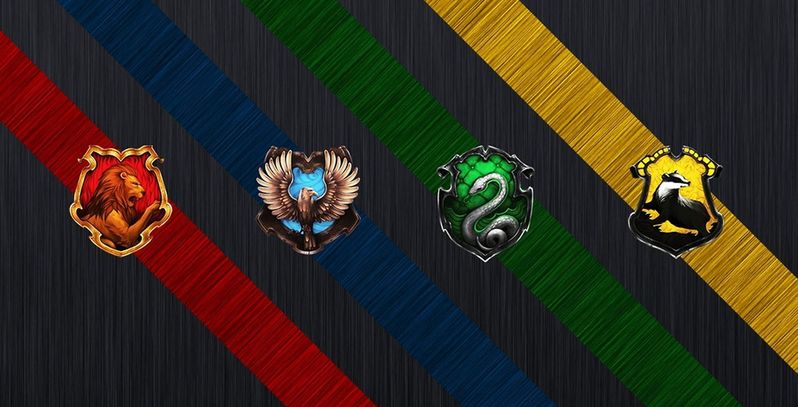Take this Asimov Quiz to test your knowledge. We update the quiz regularly and it’s the most accurate among the other quizzes.
Childhood
Isaac Asimov was born on January 2, 1920, in Petrovich, Russia, which was then part of the Soviet Union’s Smolensk district. He was the first of Juda and Anna Rachel Asimov’s three children. Despite his father’s good fortune, changing political circumstances forced the family to relocate to the United States in 1923. The Asimovs settled in Brooklyn, New York, where they ran a candy shop. Asimov excelled in school and skipped several grades. His first story was published in a high school newspaper in 1934. A year later, he enrolled in Seth Low Junior College, a Columbia University undergraduate college. In 1936, he transferred to the main campus and switched from biology to chemistry as his major. Asimov’s interest in history grew over the next two years, and he devoured numerous books on the subject. He also wrote stories and read science fiction magazines. In 1939, Asimov earned a bachelor’s degree in chemistry from Columbia University.
Influences from childhood
Asimov’s fascination with science fiction began as a child when he noticed several early science fiction magazines for sale on the newsstand in his family’s candy store. His father forbade him from reading them. But
When a new magazine called Science Wonder Stories appeared on the scene, Asimov persuaded his father that it was a serious scientific journal, and as a result, he was allowed to read it. Asimov quickly became a science-fiction devotee. He wrote letters to the editors, commenting on stories in the magazine and attempting to write his own.
Increasing Notoriety
During the 1940s, Asimov earned a master’s and a doctorate, worked as a chemist at the Naval Air Experimental Station in Philadelphia, Pennsylvania, during World War II (1939–45), and became an instructor at Boston University School of Medicine. He was also regarded as one of the three greatest science fiction writers of the 1940s (along with Robert Heinlein and A. E. Van Vogt), and his popularity endured. Stories like “Nightfall” and “The Bicentennial Man,” as well as novels like The Gods Themselves and Foundation’s Edge, have won numerous awards and are regarded as some of the best science fiction ever written.
Asimov Quiz
Asimov’s books about robots, most notably I, Robot, The Caves of Steel, and The Naked Sun, earned respect for science fiction by incorporating elements of style from other genres, such as mystery and detective stories. He proposed the “Three Robotics Laws”: “1. A robot may not inflict harm on a human or allow a human to be harmed through inaction. 2. A robot must obey human commands unless such commands contradict the First Law. 3. A robot must defend its own existence as long as it does not violate the First or Second Laws.” According to Asimov, he used these ideas to create “over two dozen short stories and three novels… about robots.” Many people believed that real robots would eventually be designed in accordance with Asimov’s basic principles because the three laws became so popular and seemed so logical. Also, you must try to play this Asimov Quiz.
His “Lucky Starr” novels expanded on Asimov’s first works of fiction, which were primarily written for a younger audience. On the advice of his editor, he began work on a series of science-fiction stories that could easily be adapted for television in 1951. “Television was here; that was clear,” he said in his autobiography, In Memory Yet Green (the story of his life). “So, why not take advantage of it?” Starr, David: Space Ranger was the first of six volumes of stories starring David ‘Lucky’ Starr, an agent of the Council of Science, an outer space law enforcement agency. The stories, on the other hand, were never made for television.
Biochemistry and Human Metabolism, Asimov’s first nonfiction book, was a medical textbook. It was started in 1950 with two of his coworkers at the Boston University School of Medicine. His numerous books on science, which explain everything from nuclear weapons to number theory, take complicated information and turn it into readable, interesting writing. Asimov also enjoyed his work as a teacher and discovered that he could be a good public speaker. Prior to his death in 1992, Asimov stated, “I’m compelled to explain, and I’m happiest when it’s something reasonably intricate [complicated] that I can break down step by step. It’s the simplest way for me to clarify [explain] things in my head.” How many points can you get in the next Asimov super quiz?
Isaac super quiz
Subject: SCIENCE
(e.g., What is the world’s tallest grass? Answer: Bamboo.)
FRESHMAN LEVEL
1. How many sides has a pentagon?
2. What is the common term for the vertebral column?
3. H is the chemical symbol for —.
GRADUATE-LEVEL
4. You are born with 23 pairs of —.
5. What are the four main human blood types?
6. What is another name for minor planets or planetoids?
PH.D. LEVEL
7. What is the unit for electric current equal to 1 coulomb per second?
8. The spines of cacti are a modification of what plant structure?
9. Which of the halogens is a liquid at room temperature?
ANSWERS: 1. Five. 2. Spine or backbone. 3. Hydrogen. 4. Chromosomes. 5. O, A, B, and AB. 6. Asteroids. 7. Ampere (amp). 8. Leaf (leaves). 9. Bromine.
SCORING:
18 points – congratulations, doctor; 15 to 17 points – honor graduate; 10 to 14 points – you’re plenty smart, but no grind; 4 to 9 points – you really should hit the books harder; 1 point to 3 points – enroll in remedial courses immediately; 0 points – who read the questions to you?
For more personality and trivia quizzes check this: Karate Kid Quiz




